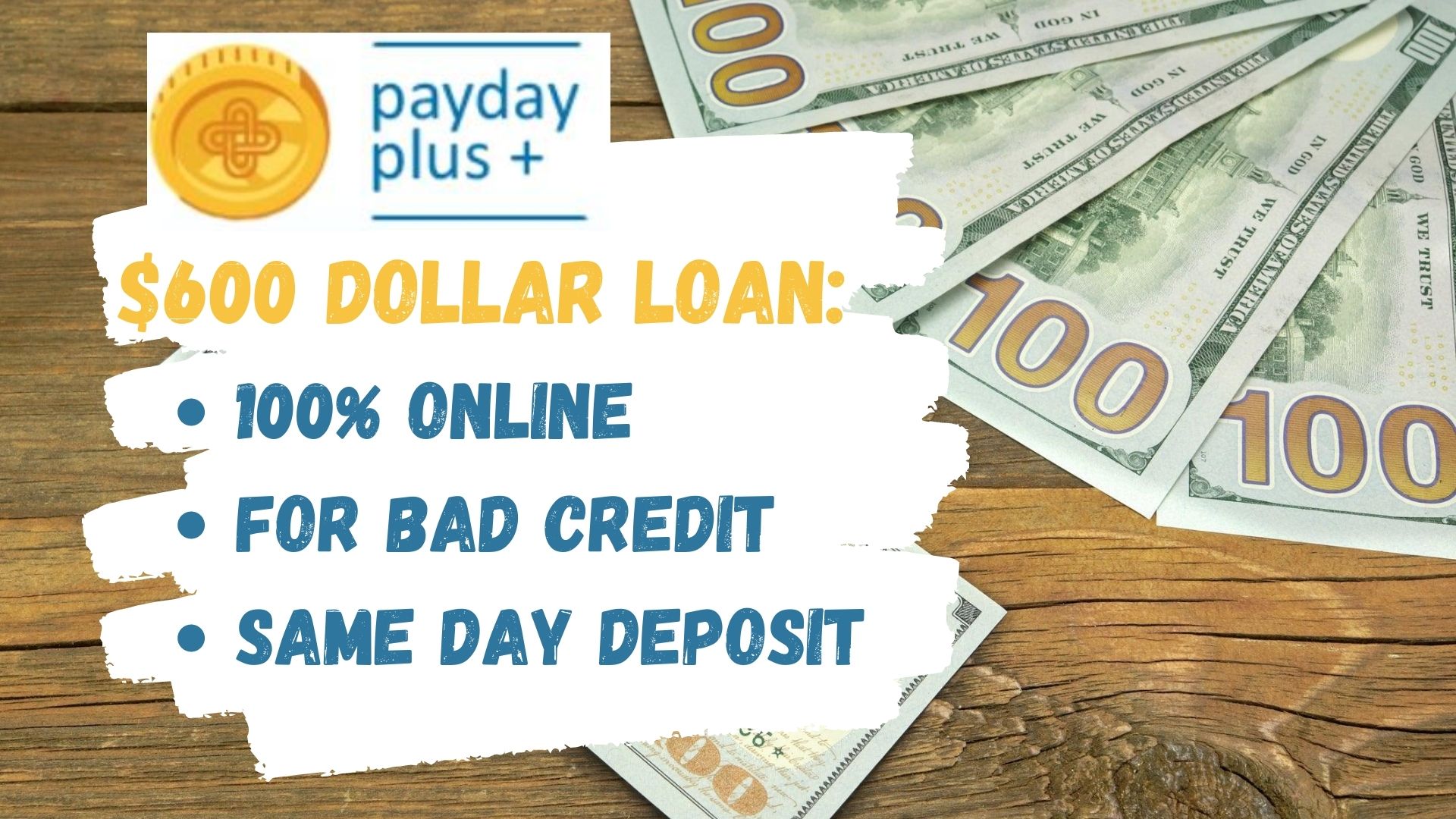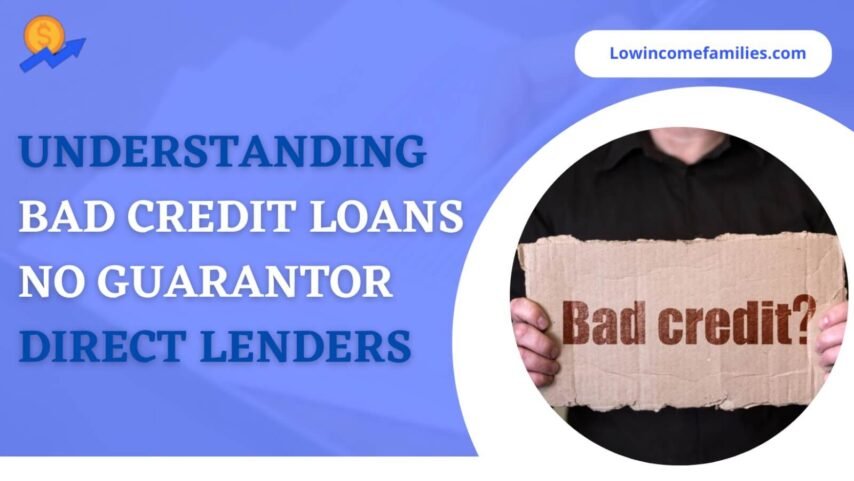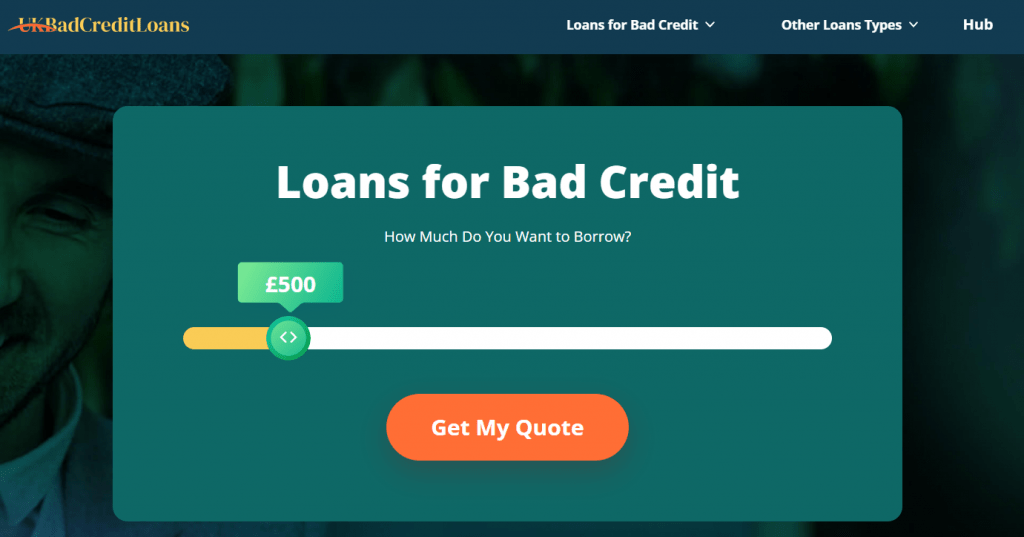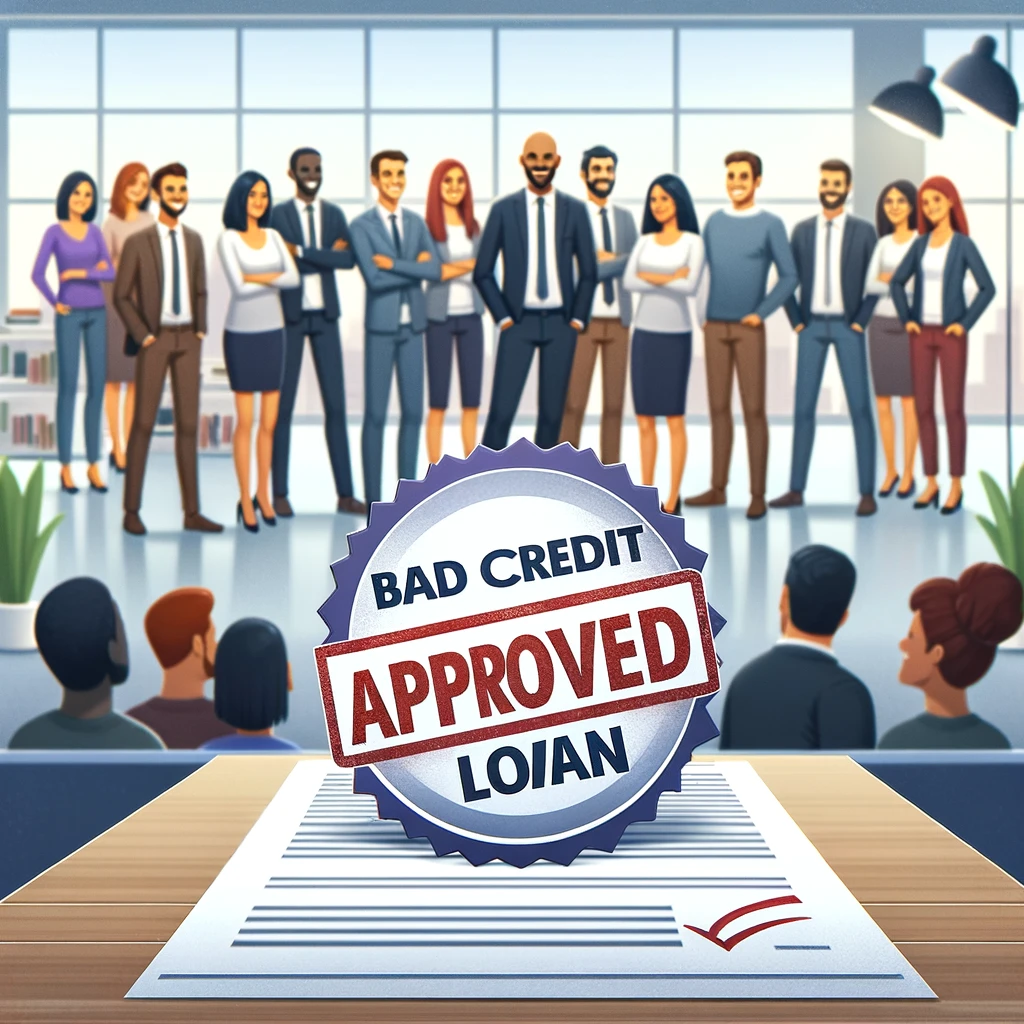Loan For Bad Credit Direct Lender

The promise of quick cash can be a lifeline for individuals facing unexpected expenses or pressing financial needs. For those with less-than-perfect credit, however, accessing traditional loans can feel like an insurmountable obstacle. This situation has fueled the rise of "bad credit" direct lenders, offering seemingly accessible funding options but often carrying significant risks and requiring careful scrutiny.
This article delves into the world of direct lenders specializing in loans for borrowers with poor credit histories. It examines the pros and cons of these financial products, the potential pitfalls borrowers should be aware of, and provides insights into navigating this complex landscape responsibly. We will explore the interest rates, fees, and lending practices employed by these lenders, drawing upon data and expert opinions to provide a balanced and informative perspective.
Understanding "Bad Credit" Loans
Loans marketed towards individuals with bad credit generally have higher interest rates than traditional loans.
This reflects the increased risk lenders perceive in lending to borrowers with a history of repayment difficulties. They often come with stricter terms and conditions.
Defining "Bad Credit"
Credit scores are a crucial factor in determining loan eligibility. FICO scores, widely used by lenders, range from 300 to 850.
A score below 670 is generally considered "fair" to "poor," often leading borrowers to seek out specialized lenders. Equifax and TransUnion also provide credit scores, but they are generally similar to the FICO scores.
Direct Lenders vs. Indirect Lenders
Direct lenders fund loans directly to borrowers, simplifying the application process in some cases.
In contrast, indirect lenders work through intermediaries, potentially adding layers of fees and complexity. Some brokers present themselves as direct lenders, which is a misrepresentation.
The Allure and Risks of Direct Lending for Bad Credit
The appeal of direct lenders lies in their accessibility and speed.
Many offer online applications and promise quick approval, often within 24-48 hours. This is particularly attractive for individuals facing emergencies.
High Interest Rates and Fees
A significant drawback of bad credit loans is the high cost.
Annual Percentage Rates (APRs) can range from 36% to over 300%, significantly exceeding rates offered to borrowers with good credit. Origination fees, late payment penalties, and other charges can further inflate the total cost of borrowing.
The Debt Trap
The high cost of these loans can trap borrowers in a cycle of debt.
Borrowers may find themselves taking out new loans to repay existing ones, exacerbating their financial problems. The Consumer Financial Protection Bureau (CFPB) has repeatedly warned against the dangers of such practices.
Navigating the Landscape Responsibly
If you're considering a bad credit loan, thorough research is critical.
Compare rates and terms from multiple lenders to find the most favorable option. Be wary of lenders that guarantee approval or require upfront fees before providing loan details.
Check Lender Credentials
Verify the lender's legitimacy and reputation.
Check with the Better Business Bureau (BBB) and read online reviews to identify potential red flags. Ensure the lender is licensed to operate in your state.
Read the Fine Print
Carefully review the loan agreement before signing.
Understand all the terms and conditions, including interest rates, fees, repayment schedules, and penalties for late payments. If anything is unclear, seek clarification from the lender or a financial advisor.
Explore Alternatives
Before resorting to a bad credit loan, explore alternative options.
Consider borrowing from friends or family, seeking assistance from local charities, or negotiating payment plans with creditors. Credit counseling agencies can also provide valuable guidance and support.
The Role of Regulation
The regulation of bad credit lenders varies by state and federal laws.
Some states have usury laws that limit interest rates, while others have less stringent regulations. The CFPB has taken enforcement actions against lenders engaging in predatory lending practices.
The Future of Bad Credit Lending
The increasing scrutiny of lending practices may lead to greater regulation of the industry.
Advocates for consumer protection are calling for stronger federal oversight to prevent predatory lending. Technology may also play a role, with the potential for more sophisticated credit scoring models that assess risk more accurately.
Making Informed Decisions
Loans for bad credit can provide access to funds when other options are unavailable.
However, borrowers must approach these loans with caution, understanding the potential risks and making informed decisions. A focus on improving credit scores and seeking financial guidance can help individuals avoid relying on high-cost loans in the long term.
"Borrowers should always prioritize improving their creditworthiness to access more affordable credit options in the future," advises Jane Smith, a certified financial planner.
The key to navigating the world of bad credit loans is to be informed, diligent, and proactive in protecting your financial well-being. The best strategy involves a combination of careful research, responsible borrowing, and a commitment to long-term financial stability.

















